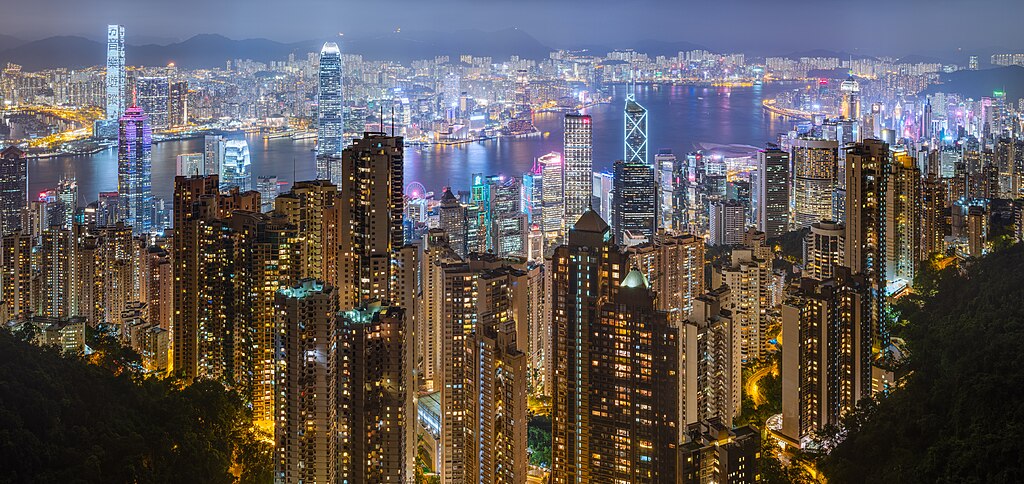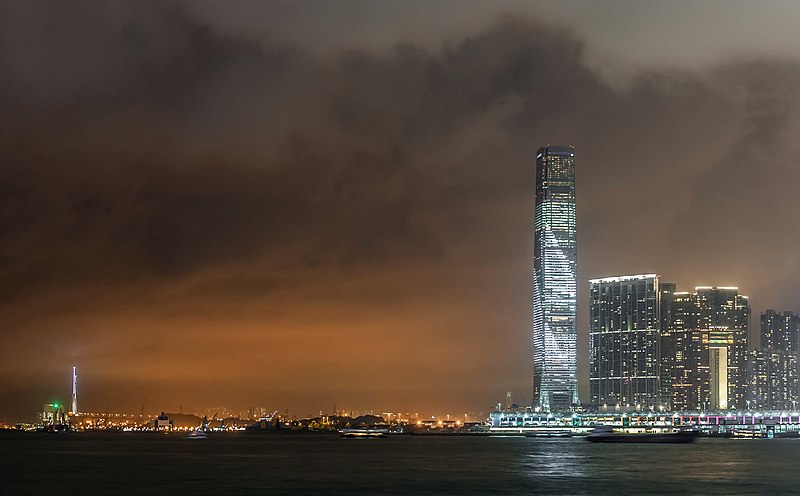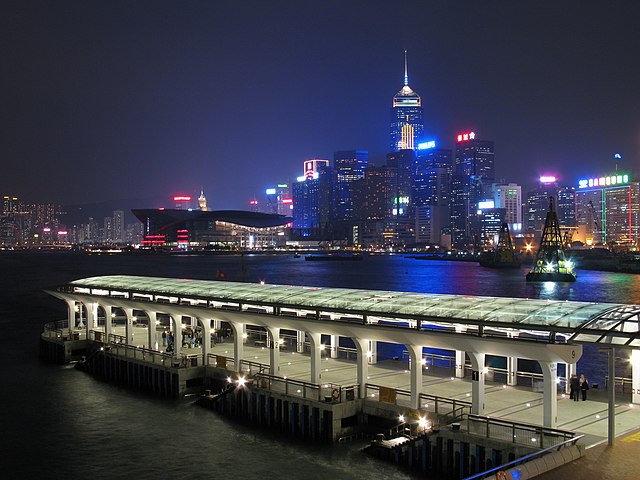
Thammasat University students are cordially invited to participate in a free Zoom public lecture about The future of cities in a post-pandemic world: Exploring the emerging terra incognita.
The event will be held on Friday, 19 November starting at 6pm Bangkok time.
It is hosted by the Department of Geography, The University of Hong Kong (HKU).
The Thammasat University Library collection includes many books about different aspects of urban studies and the Novel Coronavirus 2019 (COVID-19) pandemic.
The speaker will be Professor Daniel Sui, Vice President of Virginia Polytechnic Institute and State University (Virginia Tech) in Blacksburg, Virginia, the United States of America/
The subtitle of the presentation includes the Latin term terra incognita which is used in mapmaking to describe regions that have not yet been studied or documented.
As the event webpage notes,
Seminar Abstract
Humanity is at a cross-road as we gradually enter the post-pandemic world in the coming months. The future of cities in a post-COVID world has been at the front and center of recent scholarship and speculations. This talk reviews the on-going debates and discussions about the future of cities. Instead of siloed predictions, a tetradic analysis and synthesis will be conducted to illustrate what urban forms and functions in the near future will be enhanced, obsolesced, retried, and reversed. As the 4th industrial revolution has accelerated the pace that new urban life will be increasingly conducted in the emerging metaverse, which is often full of paradoxes and contradictions, multiple emerging terra incognita are worth further exploration. To better understand the new dynamics of these emerging terra incognita, a new framework for integrating space and place will be presented to facilitate our understanding of future cities in a post-pandemic world.
About the Speaker
Daniel Sui is currently a professor of geography and at Virginia Tech (VT). He also serves as VT’s vice president for research and innovation…
Daniel Sui’s current research interests include a variety of topics related to development of smart cities and social impacts of technological innovations, environmental implications of the emerging sharing economy, fundamental theoretical issues of geographic information science. location-based social media, open/alternative GIS, Deep Web/Darknet, and legal/ethical issues of using geospatial technology in society.

Students may register for the event at this link.
For any questions or for further information, kindly write to Mr. Ho Lam Roland Cheng at the email address
hlroland@hku.hk
Professor Sui has coedited a new book, Mapping COVID-19 in Space and Time : Understanding the Spatial and Temporal Dynamics of a Global Pandemic.
It is available to TU students through the TU Library Interlibrary Loan (ILL) service.
The book describes human dynamics in cities during and after pandemics and examines the role of smart city technologies during COVID-19, while covering conceptual data and method issues of pandemics.
Here is a description of the book from the publisher’s website:
This book describes the spatial and temporal perspectives on COVID-19 and its impacts and deepens our understanding of human dynamics during and after the global pandemic. It critically examines the role smart city technologies play in shaping our lives in the years to come. The book covers a wide-range of issues related to conceptual, theoretical and data issues, analysis and modeling, and applications and policy implications such as socio-ecological perspectives, geospatial data ethics, mobility and migration during COVID-19, population health resilience and much more.
With accelerated pace of technological advances and growing divide on political and policy options, a better understanding of disruptive global events such as COVID-19 with spatial and temporal perspectives is an imperative and will make the ultimate difference in public health and economic decision making. Through in-depth analyses of concepts, data, methods, and policies, this book stimulates future studies on global pandemics and their impacts on society at different levels.
Urban planners, who always try to think about the future, have already produced extensive research about what cities will be like in the post-COVID-19 era.

The Royal Town Planning Institute (RTPI) of London website published a paper last month addressing the subject:
Executive Summary
The loss of lives and the economic downturn caused by the Covid-19 pandemic should be turned into an opportunity to radically rethink how we live and plan our cities and communities. Our plans need to dramatically accelerate progress to a low-carbon economy, and ambitiously aim for carbon negative communities that host higher levels of biodiversity. They need to increase resilience, decrease risks, and be fair, healthy and inclusive while creating shared prosperity. At this critical moment in time, this paper reflects on the current situation, and what needs to change to deliver on those objectives.
The introduction summarises growing calls for a green and inclusive recovery, and why planning is essential for delivering change on the ground. It explains how planning originated as a public health intervention and has since evolved into a unique approach for targeted place-based interventions. As the recovery gains pace, planning approaches based on both local and global systems-thinking will be critical for directing investment to solutions which balance economic, social and environmental objectives.
In many places, a generalised lack of joined-up planning between infrastructure, land-use and housing, and low levels of strategic planning across subnational governments, have been compounded by low investments. The world has seen the gap between successful and struggling places widen. The Covid-19 pandemic has layered new challenges onto these existing vulnerabilities, exposing weaknesses across the built environment that undermine resilience to shocks. As the climate crisis progresses, such lack of capacity and investments is expected to affect the poor and vulnerable most. It is also expected to put the sustainability of public and private investments increasingly at risk. Chapters 1 to 3 examine the impacts of Covid-19 on communities and their built environments and consider emerging issues for reshaping cities and planning approaches across three themes:
Housing, health and wellbeing: The disproportionate impacts of Covid-19 on vulnerable groups – such as slum dwellers, ethnic minorities, older people living in deprived neighbourhoods – show that the provision of adequate, connected, low carbon and truly affordable housing is a primary objective to increase the global resilience to pandemics and prevent future loss of lives and economic shocks.
Economic sectors, production and consumption: Covid-19 has caused changes in lifestyles and consumption patterns as well as changes to the economic landscape – such as the loss of employment in at-risk sectors and growth in others. These indicate that parts of the economy have the ability to adapt – e.g. teleworking, online services – making future shocks less impactful, while others – e.g. logistics, food – will need support, investments and planning.
Travel and urban infrastructure: Lockdowns have highlighted spatial economic and social cleavages in cities and unequal accessibility. The adaptation of urban space to enable walking, cycling and the continuation of key activities with social distancing show that innovative transport and land use planning can reduce the demand for travel and foster community cohesion and resilience.
Observations across these strands show that, in a global economy still fragile and confronted with heightened public spending and pressing social and environmental challenges ahead, the global investments needed to decarbonise buildings and transport and make the flows of materials and energy in cities sustainable can be at risk. This can delay the progress towards emissions reduction targets and setting ambitious global biodiversity targets[1]. Recovery packages must be carefully designed and deployed.
To assist this process, governments should complement capital investment and support for individuals and businesses with the necessary resources and tools to plan effectively for an inclusive and green recovery, at a range of scales with a focus on left-behind places and communities – such as informal areas and global secondary cities and towns. They should also view local and strategic urban plans as key mechanisms for directing stimulus measures towards place-based solutions. Chapters 1 to 3 contain key priorities for a place-based recovery, across three themes:
Housing, health and wellbeing
Tackling place-based inequality: Delivering affordable and adequate housing in the right locations, regenerating deprived areas and upgrading informal ones for the benefit of existing communities and vulnerable newcomers and improving access to key services, amenities and infrastructure.
Enabling a green industrial revolution:
Enabling a green industrial revolution: Building on changes of consumption patterns during the pandemic, actively planning for the growth of sectors which deliver drastic and rapid emission reductions, environmental gains and jobs, while helping places adapt to shifting economic and labour markets…

(All images courtesy of Wikimedia Commons)
